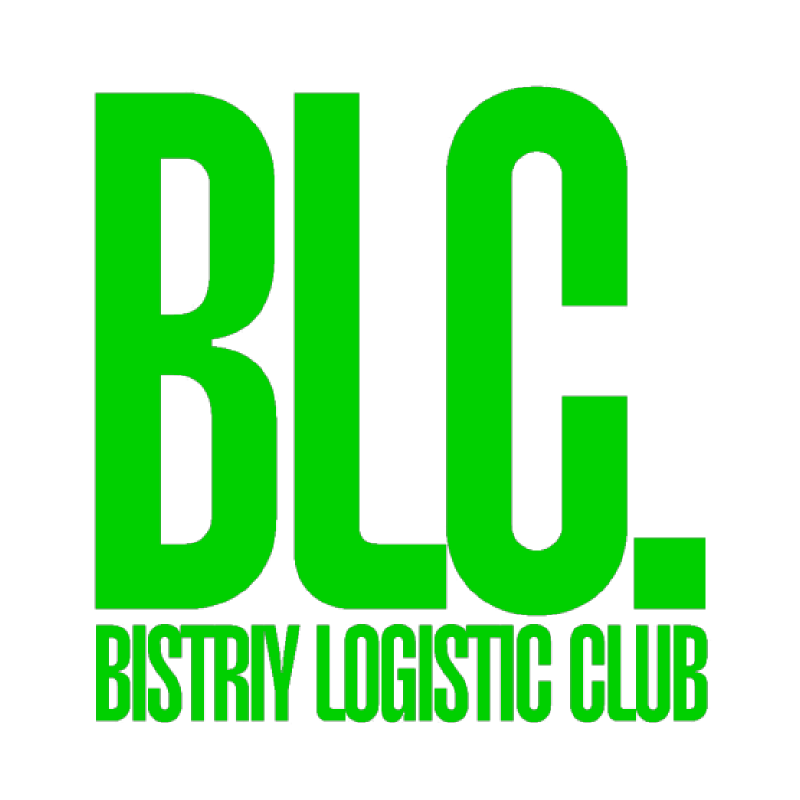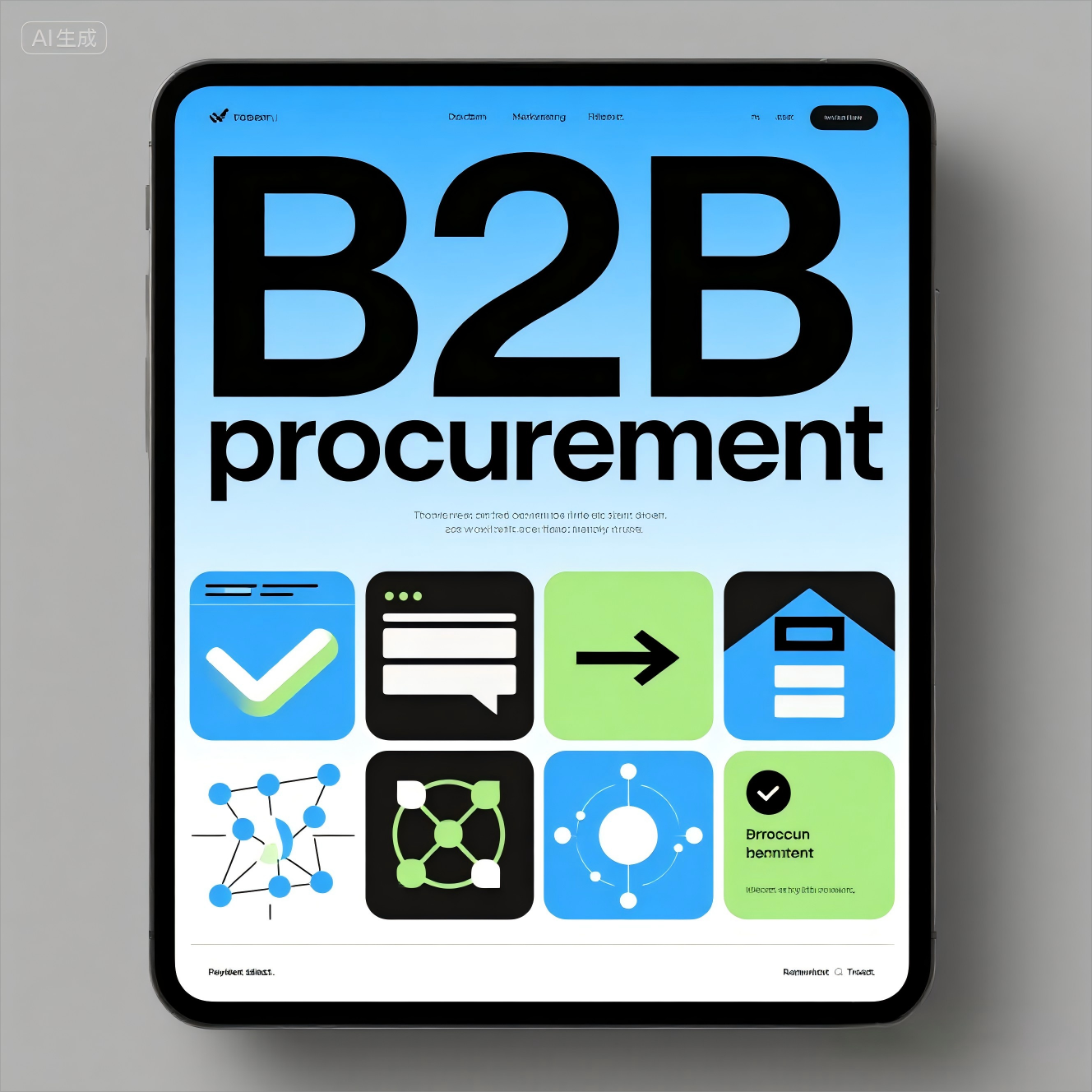Understanding the Complex Landscape of International Payment Regulations
In today's interconnected global economy, cross-border payment compliance has become increasingly critical for businesses engaged in international transactions. Financial institutions, corporations, and payment service providers must navigate a complex web of regulatory requirements, sanctions lists, and reporting obligations. The stakes are higher than ever, with regulatory bodies imposing substantial penalties for non-compliance while criminal organizations constantly seek new ways to circumvent these protective measures.
The regulatory framework surrounding international payments encompasses multiple layers of compliance requirements, from Know Your Customer (KYC) protocols to sanctions screening and suspicious activity reporting. Organizations must maintain robust systems and processes to ensure adherence to these regulations while facilitating smooth cross-border transactions for their legitimate customers.
Key Regulatory Bodies and Their Requirements
The Role of OFAC in International Payments
The Office of Foreign Assets Control (OFAC) plays a central role in cross-border payment compliance by administering and enforcing economic sanctions programs. Financial institutions must screen all international transactions against OFAC's Specially Designated Nationals and Blocked Persons List (SDN List) to prevent transactions with sanctioned entities and individuals.
OFAC compliance requires organizations to implement sophisticated screening systems and maintain detailed records of their due diligence efforts. This includes regular updates to screening databases, proper documentation of investigation results, and prompt reporting of any potential violations.
Common Reporting Standard (CRS) Implementation
The Common Reporting Standard represents a global framework for the automatic exchange of financial account information. Financial institutions must collect and report detailed information about account holders' residency and tax status to their local tax authorities, who then share this information with other participating jurisdictions.
Implementing CRS requirements demands significant resources and technological infrastructure. Organizations must establish procedures for collecting required information, validating customer declarations, and maintaining accurate records while ensuring data privacy and security.
Export Control Compliance Measures
Dual-Use Items and Technology Controls
Export control regulations govern the transfer of goods, services, and technology that could have both civilian and military applications. Financial institutions must verify that cross-border payments related to such items comply with applicable export control regulations and licensing requirements.
Organizations need to implement sophisticated transaction monitoring systems to identify payments related to controlled items and ensure proper documentation of export licenses and end-user certificates. This often requires close collaboration between compliance teams, trade finance departments, and external experts.
Sanctions Screening and Risk Assessment
Effective sanctions screening requires a risk-based approach that considers various factors, including geographic locations, industry sectors, and transaction patterns. Organizations must regularly update their risk assessment methodologies to account for emerging threats and changing regulatory requirements.
Modern compliance programs increasingly leverage artificial intelligence and machine learning technologies to enhance screening accuracy and reduce false positives while maintaining high detection rates for genuine violations.
Best Practices for Compliance Program Implementation
Technology and Infrastructure Requirements
A robust cross-border payment compliance program requires substantial technological infrastructure. This includes advanced screening systems, case management tools, and integrated compliance platforms that can handle high transaction volumes while maintaining accuracy and efficiency.
Organizations should invest in solutions that offer real-time screening capabilities, automated workflow management, and comprehensive audit trails. Regular system updates and maintenance are essential to ensure optimal performance and adaptation to evolving regulatory requirements.
Staff Training and Development
Human expertise remains crucial in cross-border payment compliance despite technological advances. Organizations must maintain comprehensive training programs to ensure staff understand current regulations, emerging risks, and proper procedures for handling potential violations.
Regular training sessions, certification programs, and ongoing professional development opportunities help maintain a skilled compliance workforce capable of making informed decisions in complex situations.
Future Trends and Challenges
Digital Payment Innovation Impact
The rapid evolution of digital payment technologies presents both opportunities and challenges for cross-border payment compliance. While new technologies can enhance screening capabilities and reduce manual processing, they also introduce novel risks that compliance programs must address.
Organizations must stay ahead of technological developments and adapt their compliance programs to handle new payment methods while maintaining regulatory compliance. This includes understanding the implications of cryptocurrencies, blockchain technology, and other emerging payment innovations.
Regulatory Evolution and Adaptation
The regulatory landscape continues to evolve as authorities respond to new threats and technological changes. Organizations must maintain flexible compliance programs that can adapt to new requirements while ensuring consistent adherence to existing regulations.
Successful adaptation requires proactive monitoring of regulatory developments, regular program assessments, and swift implementation of necessary changes to maintain compliance effectiveness.
Frequently Asked Questions
What are the key components of an effective cross-border payment compliance program?
An effective compliance program includes robust screening systems, comprehensive policies and procedures, regular staff training, risk assessment frameworks, and detailed documentation processes. It should also incorporate regular audits and updates to maintain effectiveness and regulatory alignment.
How can organizations balance compliance requirements with operational efficiency?
Organizations can achieve this balance by implementing automated screening solutions, establishing clear escalation procedures, and maintaining risk-based approaches that focus resources on higher-risk transactions while streamlining processes for lower-risk activities.
What are the consequences of non-compliance with cross-border payment regulations?
Non-compliance can result in substantial financial penalties, regulatory enforcement actions, reputational damage, and potential criminal charges. Organizations may also face restrictions on their ability to conduct international business and loss of banking relationships.


